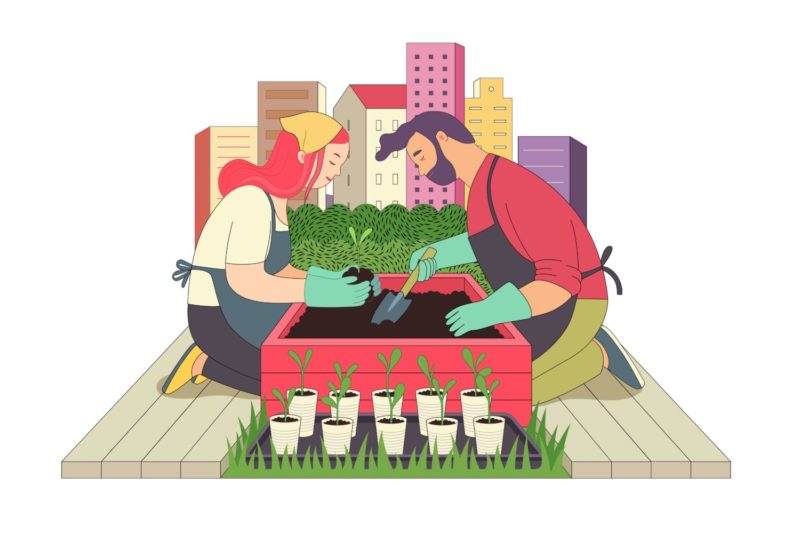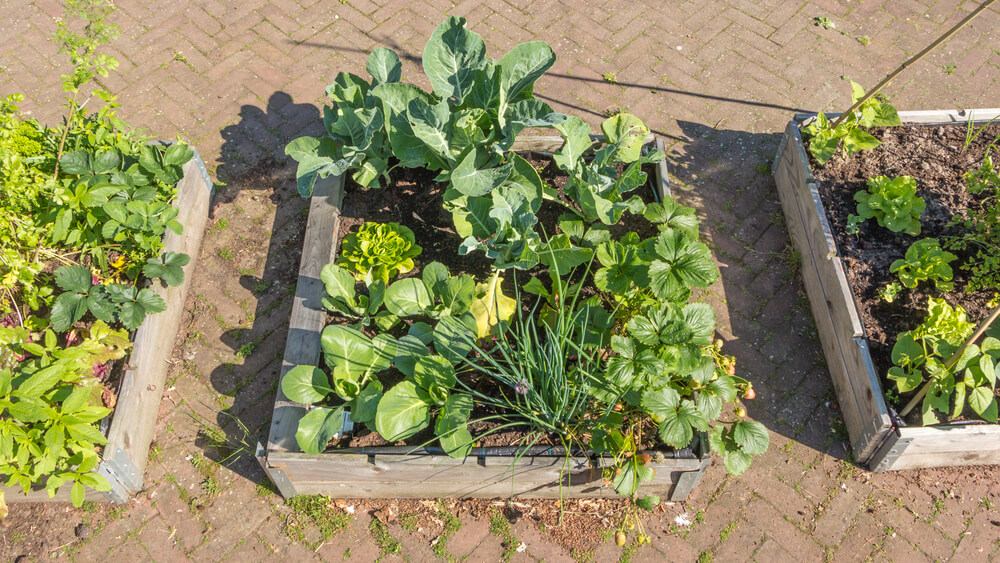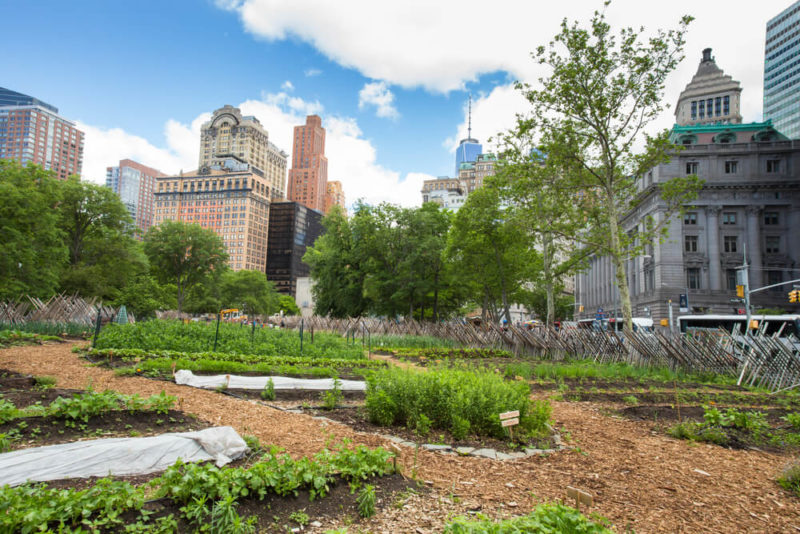The Case for Farming in our Cities

According to the last census of India, 31% of our population lives in urban areas. The figure now is likely to be closer to 45%, based both on growth rates, as well as satellite data from as recently as last year.
But India’s urbanization, while inevitable, can do a much better job. Characterized by an almost exclusive focus on urban infrastructures like roads, building codes and the expansion to accommodate ever-increasing numbers, key aspects, like considering the food supplies, especially locally produced food have been ignored completely. Thus, even as more and more arable land has been commandeered for tar and concrete, the pressure on our farmers to grow for this segment keeps going up. One way of reducing the pressure on rural arable land is to actually grow food in our cities. There, of course, will be problems with the lack of space and insufficient sunlight, but with innovative solutions and community dedication, as well as political will, it is possible to grow at least some of our food in cities themselves, which has multiple benefits.
Read More: Greenhouse Farming: A viable future or a financial burden?

There are in fact lots of benefits of growing food in cities,
At present, it takes between 50 to 150 days for most common vegetables to harvest from seed, even less if they are done from transplants to harvest. Thus, presenting an ideal scenario in which people can and should invest their time and efforts in urban farming. Accommodating for all the constraints faced in growing food in cities, a collective community effort is the way to go for urban farming. Providing people with locally grown food which is much fresher and healthier and also helping in community development with a common shared goal and activity, in which their efforts are rewarded at the same time as doing good for others. Community gardens and farms can become the centerpiece of neighborhoods and also stimulate local economies.
By allowing communities to grow vegetables at a scale that is feasible for them and has no reverse impact on the environment, cities can also help prevent encroachment and trespassing as people by default will keep an eye on their gardens or farms, or even assign someone to help maintain and look out for the produce.
The location of urban agriculture sites can also provide educational opportunities for children, introducing them to food production cycles and help them get a sense of where food comes from. Growing food in the city also brings the originating point and the ultimate destination of the produce to the exact same point, helping in drastically reducing the food miles. Often a big economic burden on all involved parties especially farmers.
Read More: The Four Stages of Food Wastage from Farm to Table
Besides all these other benefits having an urban farm or garden adds much-needed greenery. Which further has vast benefits for the location like improving the air quality, helping in water retention that enhances the soil quality, and reducing heat island effect.
So, with all these benefits. What is stopping Indian cities from growing their own food?

The United Nations Food and Agriculture Organization (FAO) prescribes urban and peri-urban agriculture for developing countries like India, to ensure food security, poverty alleviation, and sustainable development. Yet, entire urban India depends on rural produce to meet its food demands making it extremely susceptible to price fluctuations.
Unplanned urbanization is a key factor hindering urban farming, with the massive offset between using and polluting water resources and cleaning those water resources. In Delhi, for example, the only major agricultural area is along the banks of the Yamuna river, which is in sad shape, thanks to high ground pollution caused by contaminated water. High air pollution levels also affect crop yields, sometimes forcing farmers to stop producing some crops or shift to new ones. In this scenario, farmers find agriculture unfeasible and prefer to sell their land to developers.
Read More: No Fruit Trees on roadsides please, say city Municipal Authorities in Delhi
Besides this urban farmers and farming lacks the full support of the government. With a policy thrust, urban farming which at present has seen a few scattered success stories across India could actually become a common, self-sustaining, thriving business model which benefits everyone involved. For example, the model of Belo Horizonte city in Brazil is widely recognized for eliminating hunger while increasing local food production and farmers’ incomes.
Ashutosh Dixit, CEO, United Residents Joint Action (URJA) said, “The only shortcoming for this idea, in India so far, is that these lands are primarily owned by the government. And without any clear and formative government policy and involvement, these public farms will never work at a large and systematic level. We have a tendency to fight, and there will be a lot more squabbles over matters including what to be grown, who invests how much and who receives how much and many more reasons. There are a lot of factors that come into effect and to guarantee the success of this program on a large scale we need the government’s involvement.”
He further added, ” This is a brilliant idea, and we if all get on board and approach it in a planned manner, it’ll surely bring forth a lot of rewards.”
So be it marking out small patches of land for vegetable farming in schools as an educational input, or even along with the many nurseries in public parks, we believe there is a strong case to build a stronger connection with their food for city dwellers by allowing them to experience how it is grown. Considering the size of city populations, if even 5-10% of local consumption can be grown locally, that would be a seminal achievement.
Read More: Climate Friendly Farming. Or Warning, if Farmers Still Ignore the Signs




